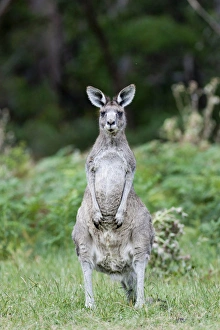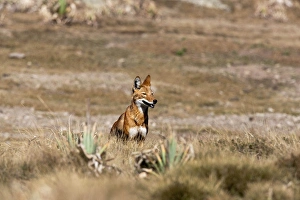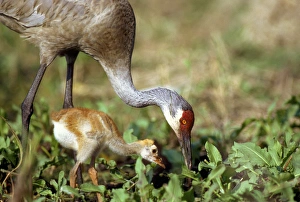Long Legged Collection (page 2)
"Graceful and Majestic: The Long-Legged Wonders of the Animal Kingdom" In the vast grasslands, a group of Eastern Grey Kangaroos peacefully graze
All Professionally Made to Order for Quick Shipping
"Graceful and Majestic: The Long-Legged Wonders of the Animal Kingdom" In the vast grasslands, a group of Eastern Grey Kangaroos peacefully graze, their long legs propelling them effortlessly across the terrain. These magnificent creatures, also known as Forester Kangaroos, showcase their agility and elegance as they bound through the landscape. Meanwhile, in the Ethiopian highlands, an Ethiopian Wolf mother brings a prey to her eagerly waiting pups. With their slender limbs and nimble movements, these long-legged canines demonstrate their hunting prowess while nurturing their young. High above in the sky, a Long-Legged Buzzard soars with grace and precision. Its keen eyesight spots its prey from afar before diving down swiftly to capture its meal. This majestic bird exemplifies both power and poise with its impressive wingspan and elongated legs. Turning our attention to artistry, we delve into historical manuscripts adorned with beautiful illustrations. On page 434 lies "The Bitern, " an enchanting depiction of this long-legged wading bird immersed in a mire drum scene from 1810-17. The delicate watercolors bring forth intricate details that captivate any observer's imagination. Flipping to page 312 reveals another masterpiece – "The Heron. " Painted during the same period using watercolors and manuscript text techniques; it showcases this elegant avian species standing tall on one leg by tranquil waters—a testament to nature's harmony captured on paper. Traveling back even further in time on page 88 is "The Common Crane" illustration from 1810-17. This artwork portrays these regal birds amidst lush surroundings while highlighting their remarkable stature enhanced by meticulously crafted colors and handwritten notes. Venturing beyond paintings into prints from renowned works like John J. 's "The Birds of America, " we encounter the Great Egret or Casmerodius Albus gracefully depicted within its natural habitat.









